In the world of pet care, few products are as essential yet underrated as the humble pet pee pad. These unassuming sheets play a crucial role in maintaining hygiene and convenience for pet owners, particularly those with puppies, senior dogs, or indoor cats. The absorption capacity of these pads isn't just about convenience—it's a science that combines material engineering with an understanding of animal behavior.
The modern pet pee pad has evolved far beyond the basic designs of decades past. Today's high-performance pads can absorb astonishing amounts of liquid relative to their size, thanks to advanced polymer technologies. The secret lies in the layered construction: a moisture-proof backing, an absorbent core typically made of wood pulp and superabsorbent polymers (SAP), and a quick-drying top sheet that keeps paws dry. This sophisticated sandwich of materials can hold dozens of times its weight in liquid while preventing leaks and odors.
What many pet owners don't realize is that not all absorption is created equal. Cheap pads may boast about their liquid capacity but fail to mention they achieve this through thickness rather than efficiency. Premium pads use SAP crystals that transform liquid into gel, locking it away permanently. This explains why some pads can handle multiple urinations while others become soggy after one use. The difference becomes especially noticeable with larger breeds or pets with higher urine output.
The environment benefits from proper absorption technology too. Effective pee pads mean fewer changes, which translates to less waste in landfills. Some eco-conscious brands have begun incorporating biodegradable SAP alternatives and plant-based top sheets without compromising absorption rates. These innovations point toward a future where convenience and sustainability coexist in pet care products.
Climate plays an often-overlooked role in absorption performance. In humid environments, the evaporation rate decreases, making quick-drying top layers even more crucial. Conversely, in arid climates, some pads might dry too quickly, potentially releasing ammonia odors. Manufacturers now create region-specific formulations to account for these variables, demonstrating how sophisticated this everyday product has become.
Behavioral factors influence absorption needs as well. An anxious pet that voids frequently in small amounts requires different absorption characteristics than a dog that relieves itself once or twice daily in larger volumes. The positioning of SAP within the pad's layers can be tuned for these scenarios—more SAP near the surface for frequent, small releases versus deeper distribution for heavy single voids.
The testing standards for pet pee pads reveal much about their real-world performance. Reputable manufacturers measure not just total capacity but also absorption speed, rewet performance (how dry the surface stays after absorption), and retention under pressure (simulating a pet stepping on the pad). These metrics matter far more than simple thickness or weight claims when predicting actual user satisfaction.
Innovation continues to push the boundaries of what pee pads can do. Recent developments include pads with antimicrobial treatments that neutralize odors at the molecular level, color-changing indicators that signal when absorption capacity is nearing its limit, and even smart pads that can connect to apps to track a pet's elimination patterns. These features build upon the foundational absorption technology to create truly next-generation products.
For pet owners, understanding absorption translates to better choices and happier pets. A pad that can't handle a pet's output leads to messes, stress, and potential setbacks in house training. Conversely, an appropriately absorbent pad provides security and cleanliness. As the market continues to evolve, the humble pee pad stands as testament to how even the simplest pet products can involve remarkable science and engineering.
The relationship between absorption capacity and odor control represents another critical dimension. Superior pads don't just trap liquid—they prevent the bacterial growth that causes unpleasant smells. This dual functionality comes from combining SAP with odor-neutralizing compounds like baking soda or activated charcoal within the pad's layers. The result is a product that manages both the visible and olfactory aspects of pet waste.
Looking ahead, material scientists are experimenting with revolutionary approaches to pet waste absorption. From plant-derived superabsorbents to nanotechnology-enhanced fibers, the next decade may bring pee pads that are simultaneously more effective and more environmentally friendly than anything currently available. For an item many take for granted, the pet pee pad continues to demonstrate surprising potential for innovation and improvement.
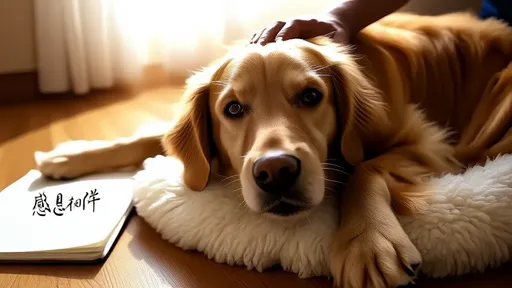
By /Jul 31, 2025
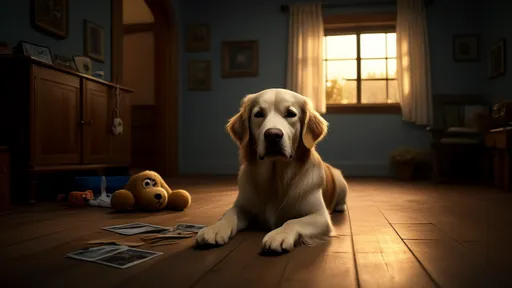
By /Jul 31, 2025
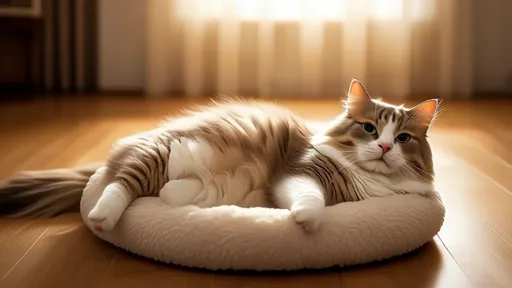
By /Jul 31, 2025
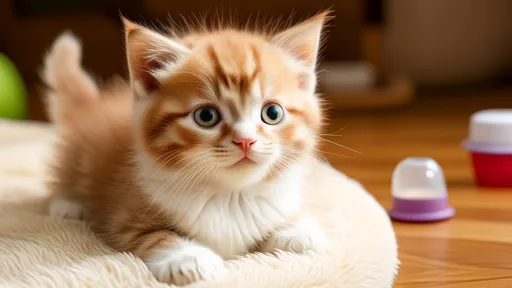
By /Jul 31, 2025
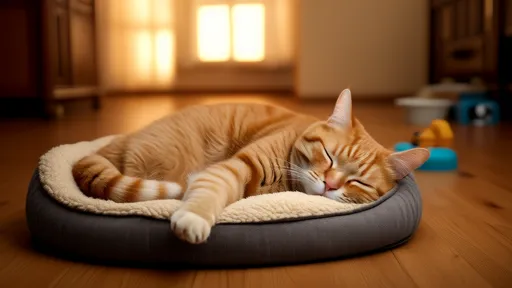
By /Jul 31, 2025
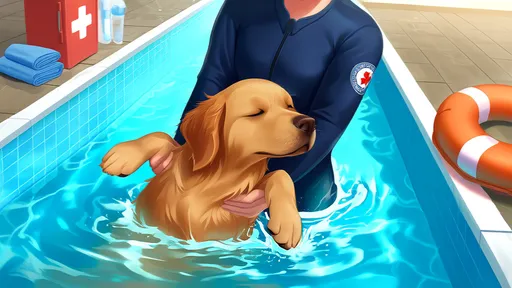
By /Jul 31, 2025
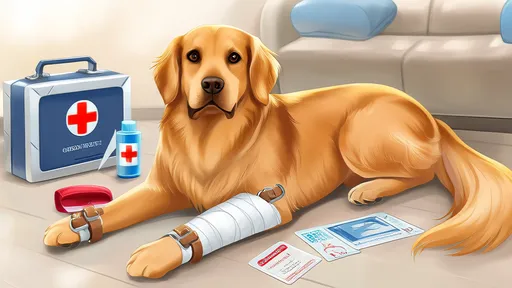
By /Jul 31, 2025

By /Jul 31, 2025
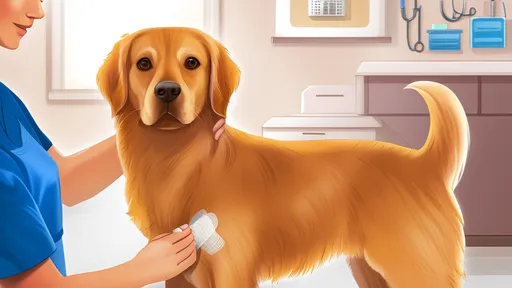
By /Jul 31, 2025
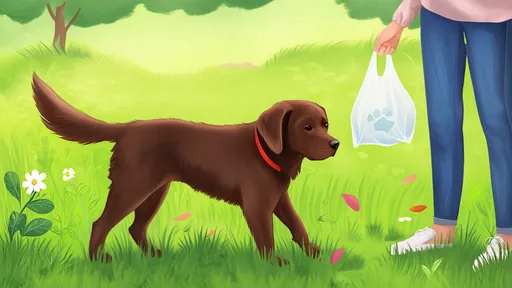
By /Jul 31, 2025
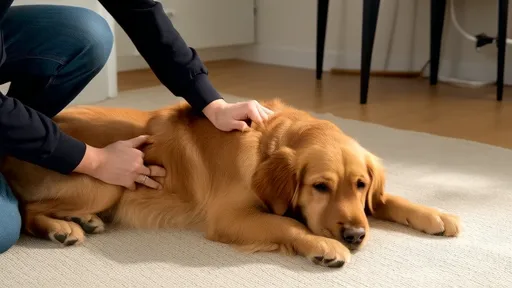
By /Jul 31, 2025
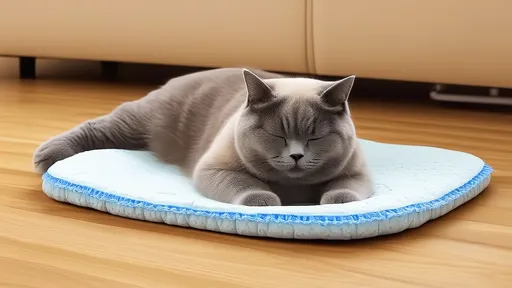
By /Jul 31, 2025
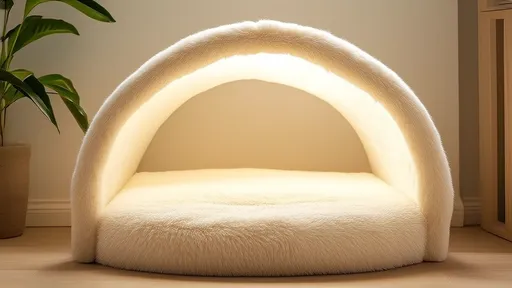
By /Jul 31, 2025
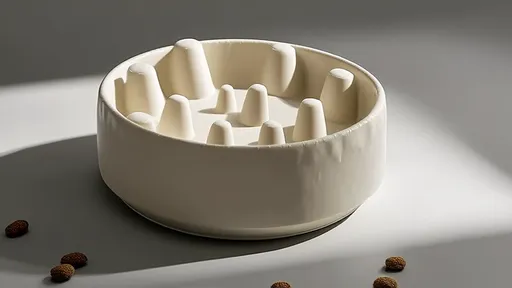
By /Jul 31, 2025

By /Jul 31, 2025

By /Jul 31, 2025
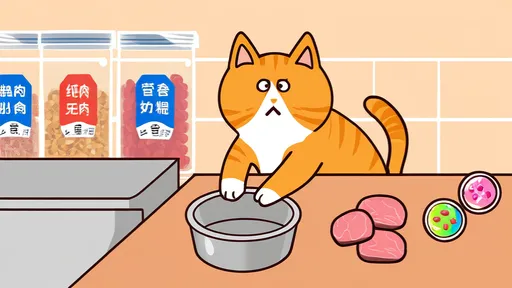
By /Jul 31, 2025
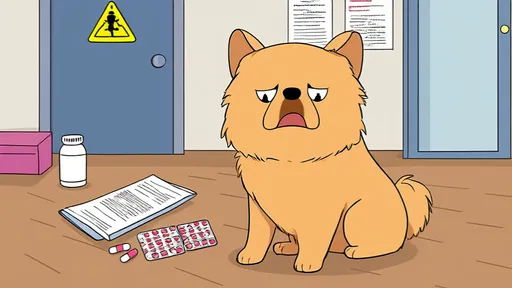
By /Jul 31, 2025
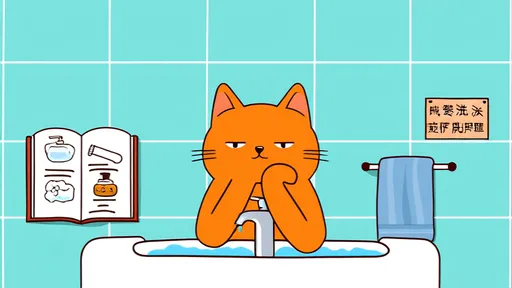
By /Jul 31, 2025
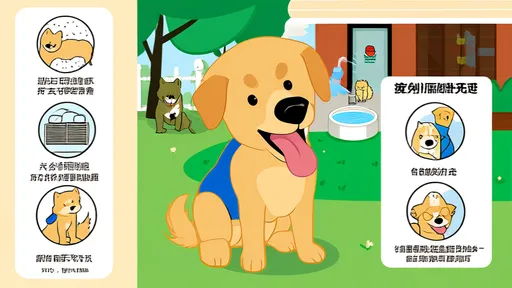
By /Jul 31, 2025